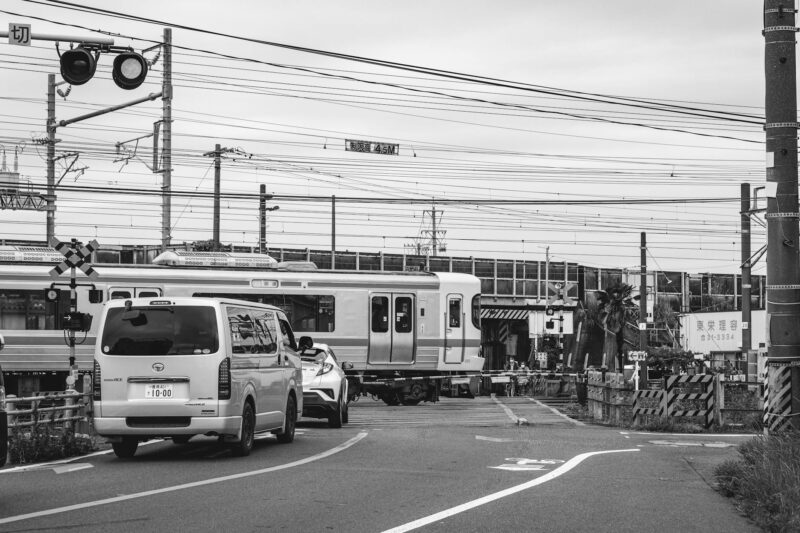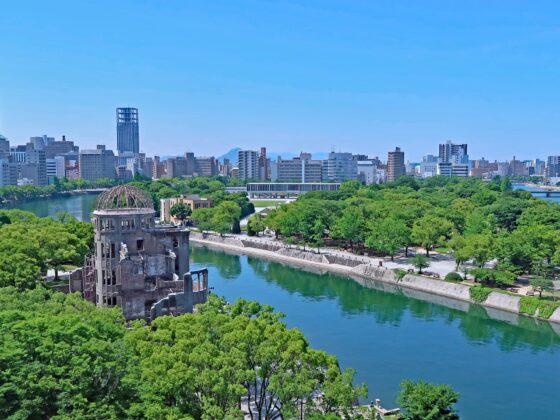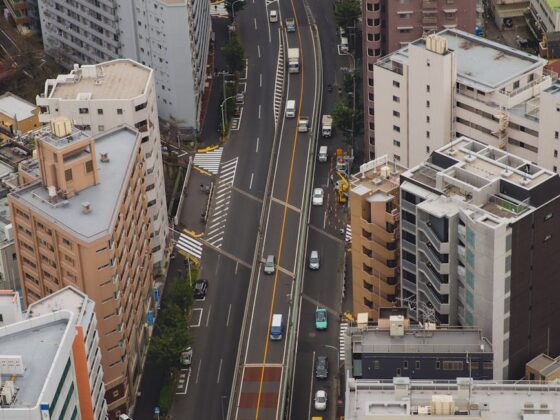Comparing Transportation Options in Japan
Traveling across Japan can be an exciting adventure, especially with the variety of transportation options available. Among these, two popular choices are the Shinkansen and local trains. Each option provides unique advantages and caters to different travel needs.
Understanding the Shinkansen
The Shinkansen, often referred to as the “bullet train,” is synonymous with speed and efficiency. It connects major cities across Japan, such as Tokyo, Kyoto, and Osaka, allowing travelers to cover long distances in a short amount of time. The Shinkansen is known for its punctuality, comfort, and advanced technology.
| Feature | Shinkansen |
|---|---|
| Average Speed | 240 km/h (149 mph) |
| Maximum Speed | Up to 320 km/h (199 mph) |
| Ticket Options | Reserved and Non-reserved seats |
| Facilities | Onboard food services, clean restrooms |
Travelers can also reserve shinkansen seats in advance for added convenience. Additionally, there are several different Shinkansen services, including Nozomi, Hikari, and Kodama, each offering varying speeds and routes. For those interested in knowing more about the differences between these services, visit our article on nozomi hikari kodama differences.
Exploring Local Trains
Local trains are another vital part of Japan’s transportation network. They are especially useful for shorter trips and navigating within cities or regions. Local train services connect smaller towns, suburban areas, and city centers, making them an affordable option for travelers who wish to explore off the beaten path.
| Feature | Local Trains |
|---|---|
| Average Speed | 50 – 100 km/h (31 – 62 mph) |
| Maximum Speed | Varies by line |
| Ticket Options | Usually non-reserved |
| Facilities | Basic amenities, limited food options |
Local trains can be particularly economical for day trips or short-term travel. For example, a journey from Tokyo to Yokohama can be done using local trains at a fraction of the cost compared to the Shinkansen. To explore travel options, check our article on travel between cities in japan.
In summary, both the Shinkansen and local trains offer distinct advantages. The choice between them often depends on the traveler’s itinerary, budget, and preferred travel experience. Understanding the nuances of each option can help visitors make informed decisions about their transportation during their journey in Japan.
Factors Influencing Cost-Effectiveness
When evaluating the cost-effective shinkansen vs local trains, several key factors come into play, including ticket prices, fare structures, travel time, and convenience. Understanding these elements can help tourists make informed decisions during their travels in Japan.
Ticket Prices and Fare Structure
The price of a journey can vary significantly between shinkansen and local trains. Typically, shinkansen tickets are more expensive due to their speed and the advanced technology used in their operation. Below is a comparison of ticket prices for popular routes.
| Route | Shinkansen Price (JPY) | Local Train Price (JPY) |
|---|---|---|
| Tokyo to Kyoto | 14,000 | 3,500 |
| Osaka to Hiroshima | 11,000 | 5,000 |
| Tokyo to Nagoya | 11,000 | 6,000 |
Note that these prices can fluctuate based on the time of booking, availability, and specific services offered. For information on the best rail passes available for tourists, check our article on best rail passes for Japan.
Travel Time and Convenience Factors
Travel time is another important consideration when assessing cost-effectiveness. Shinkansen trains are known for their rapid service, significantly reducing transit times between cities compared to local trains. Below is a table comparing travel times for select routes.
| Route | Shinkansen Travel Time (Hours) | Local Train Travel Time (Hours) |
|---|---|---|
| Tokyo to Kyoto | 2.5 | 7 |
| Osaka to Hiroshima | 1.5 | 5 |
| Tokyo to Nagoya | 1.5 | 3.5 |
In addition to travel time, convenience factors should be considered. Shinkansen stations are typically located close to city centers, making it easier for tourists to access nearby attractions. The frequency of shinkansen services also enhances convenience, as trains run frequently throughout the day. For tips on navigating train stations in Japan, visit navigating train stations in japan.
Ultimately, when weighing the cost-effective shinkansen vs local trains, travelers should take into account ticket prices, travel durations, and overall convenience to determine the best option for their specific journey.










